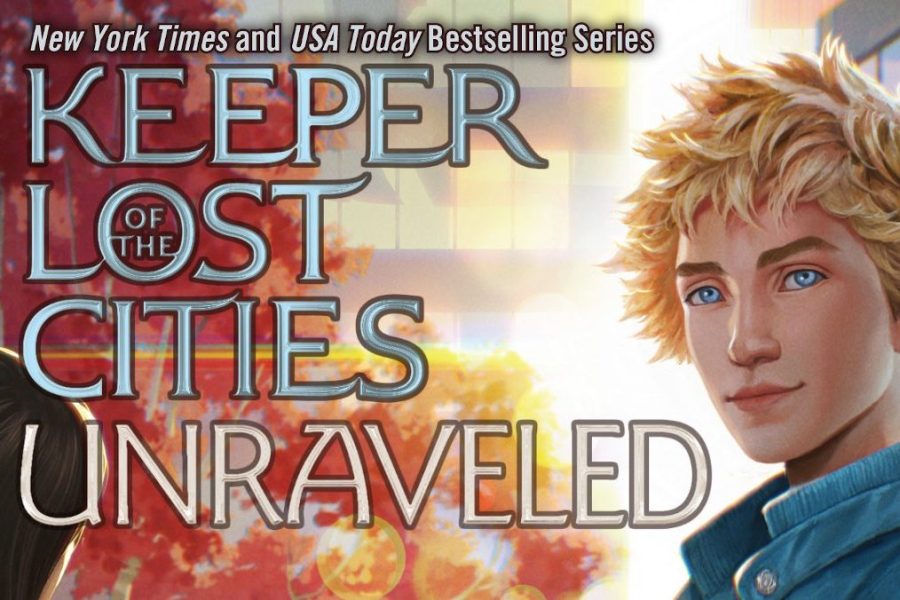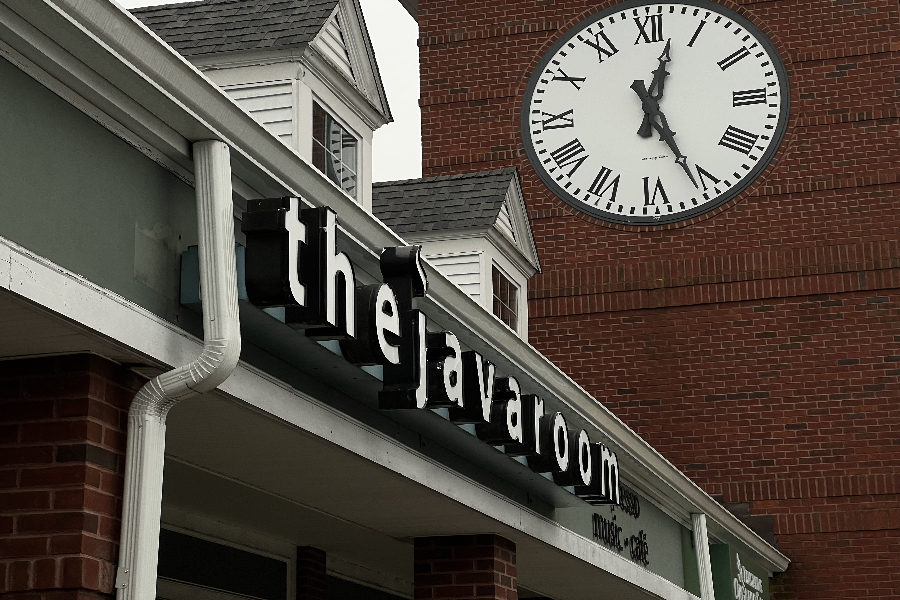
By Alok Ganguly
Staff Writer
On March 5, the game studios Crystal Dynamics and Square Enix released the brand new game Tomb Raider. This game was not the next in the acclaimed series, which has spanned decades and has been played on several different generations of consoles. This version of Tomb Raider was in fact, a reboot of the original game, telling the origin of the heroine who has changed the gaming world around her for decades, Lara Croft.
Previous iterations of the game have been unsuccessful, especially in recent years. For a while, gamers have been clamoring for a better Tomb Raider game than previously released ones, contaminated with disappointing issues.
The storyline of this game is a generic and well-used one; several versions have been used throughout gaming history, especially in recent years. Lara and her crew mates, who are archaeologists looking for an ancient Japanese treasure, crash their ship on a mysterious island. Once they wash up ashore, Lara is captured by some mysterious people, and proceeds to escape the island’s inhabitants and find her crew.
Although this type of story has been used time and time again, Tomb Raider pulls it off well, and does it differently enough that the story is interesting and keeps the player hooked and wanting to find out more on the subject.
Not only is the main plot of the story done well, but development of Lara’s character is as well, and one of the best that I have seen in recent years. Lara quickly transforms from a nervous girl who can barely allow herself to kill a deer for food into someone who would fight and kill any opposition to achieve her goal. I cannot say the same for the supporting cast. The other crew mates and their own personal backstories are not expanded on much at all, and this doesn’t really add to the overall story arch.
The story is done very well in general, causing the player to feel different emotions, and to care about Lara when she is hurt or finds a new discovery. As said, the supporting characters are not developed, and this doesn’t really let the player understand and feel like they are as involved in the story of the other characters as they are with Lara.
The gameplay is very smooth as well. From previous games in the Tomb Raider saga, Lara had an iconic weapon: her dual pistols. This game, however, utilizes her makeshift bow as a main weapon, and it is a welcome change. Not only can Lara’s bow help in combat, but with special upgrades it helps to solve puzzles and traverse the expansive landscape. Lara does keep guns with her, and they are expanded upon and are useful in certain situations.
Lara moves around her environment in a variety of ways, and the characters movements are smooth and realistic. Square Enix did a fantastic job making all of the characters move in a lifelike way, interacting with their environment in a realistic manner. Lara can climb up ropes, zipline down them, vault over cover, and can scale buildings to reach all of the nooks and crannies to find some of the several collectibles throughout the game.
One gameplay aspect may impact a player’s enjoyment of a game. There are several instances in the game where quicktime events are used to complete a cinematic sequence. The player must press the correct button at the correct time to move on. If this task is not correctly performed, the player is thrust into a brutal and horrific death scene for Lara. Most are extremely gory and graphic, and do not feel like they belong in the game. These scenes do accomplish their goal however, and scream to the player that they should not make the same mistake again.
The collectibles add to the background of the game. Lara can find journals which help provide backstory, and she can find special and interesting relics that add to the Japanese theme to the island, contributing to the history of the island.
The game’s playable areas are broken up into several different “hubs” where Lara can find collectibles and explore the environment. The main campaign can feel linear at times, but still allows the player to explore and drift off the beaten path to make their own adventures. Being a tomb raider, there are several tombs that Lara can explore, but they are completely optional, and the puzzles expected from the tombs are not very difficult at all.
The technical aspects of the game are amazing. The entire island and all of the environments contained within it are beautifully crafted and designed. The character models look spectacular, proving the amount of time and care that was spent crafting the game was extensive.
The voice acting is superb, and the emotion carried out by Lara is very realistic. Once again, her supporting characters are not very well done. It seems as though the developers did not put as much care into them as they did for Lara. The soundtrack is unfortunately forgettable, and the “main theme’ of the game is the only decent music track.
The effects of the game are very well done. Explosions sound real, and during high tense situations, eerie high pitch sounds are thrown around, causing the player to feel tense about the situation.
Crystal Dynamics decided to include a multiplayer for this reboot, probably to make the game more relatable to the current market. While this may have looked good on paper, the multiplayer does not work well. It is playable, and functions, but feels very clunky. The weapons system and upgrades are shallow, and the game only comes with around 5 maps. The map design is great, but multiplayer gameplay is too stiff to make it work well.
This reboot of Tomb Raider is very well crafted in the single player campaign with a gripping storyline, smooth gameplay, and beautiful visuals and sound effects. The multiplayer, however, detracts from the overall package.
I give this game a solid A, and would tell both long time fans of the series and newcomers to buy the game, and have an amazing experience playing the campaign, but don’t waste your time playing the multiplayer. Personally, I hope there is a coming sequel, so these developers can create another masterpiece for gamers to enjoy.






